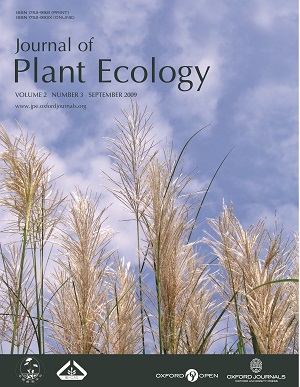Aims Mycorrhizas (fungal roots) play vital roles in plant nutrient acquisition, performance and productivity in terrestrial ecosystems. Arbuscular mycorrhizas (AM) and ectomycorrhizas (EM) are mostly important since soil nutrients, including NH
4+, NO
3? and phosphorus, are translocated from mycorrhizal fungi to plants. Individual species, genera and even families of plants could be interconnected by mycorrhizal mycelia to form common mycorrhizal networks (CMNs). The function of CMNs is to provide pathways for movement or transfer of nutrients from one plant to another. In the past four decades, both
15N external labeling or enrichment (usually expressed as atom%) and
15N naturally occurring abundance (δ
15N, ‰) techniques have been employed to trace the direction and magnitude of N transfer between plants, with their own advantages and limitations.
Important Findings
The heavier stable isotope 15N is discriminated against 14N during biochemical, biogeochemical and physiological processes, due to a greater atomic mass. In general, non-N2-fixing plants had greater δ15N values than N2-fixing (~0‰) ones. Foliar δ15N often varied by 5 to 10‰ in the order: non-mycorrhizas/AMs > EMs ≥ ericoid mycorrhizas. Differences in δ15N (‰) or 15N (atom%) values could thus provide N transfer information between plants. A range of between 0 to 80% of one-way N transfer had been observed from N2-fixing mycorrhizal to non-N2-fixing mycorrhizal plants, but generally less than or around 10% in the reverse direction. Plant-to-plant N transfer may provide practical implications for plant performance in N-limited habitats. Considering that N translocation or cycling is crucial, and the potential benefits of N transfer are great in both agricultural and natural ecosystems, more research is warranted on either one-way or two-way N transfers mediated by CMNs with different species and under field conditions.








